City Hall on steroids
Watching the news last night out of Washington, if you are from here along the Left Bank of the Ohio River near Milepost 606, you may have taken more than one look at the fire scenes of the Old Executive Office Building, an edifice of monstrous proportions just across West Executive Drive from the West Wing of the White House, and recently renamed for President Dwight Eisenhower, the Republic's 34th president, and as such now often referred to as the EEOB. Viewers of the televsion series The West Wing may recall references to offices in the OEOB, which is the same building. I haven't seen the building in many years, but it is one of the most impressive structures in the Capital City, and it just may have looked slightly familiar to anyone from Louisville.
I remember thinking the building familiar the first time I saw it on a trip to a National Young Democrats seminar in 1981. The reason? Architecture. Both the EEOB and Louisville's City Hall are designed in the French Second Empire fashion, a style which swept over to America from France in the 1860s or so and remained for about 20 years. The Old Executive Office Building is Louisville's City Hall on steroids.
Although I am not a legitimate student of architecture, I will admit to hanging out in the Pence Hall Architecture Library when I was a student at UK. And having visited all of Kentucky's Court Houses at least once and a few of them more than once, one begins to notice items of significance, or as in the case of the Taylor County and Rockcastle County courthouses, the lack of any items of significance. But, I digress.
Yesterday I saw news accounts of the fire at the EEOB and remembered the comparison to Louisville's City Hall, each built roughly during the same era. The style of architecture known as French Second Empire is said to be an outgrowth of the Italianate style, but with Mansard roofs. Louisville's City Hall, designed by John Andrewartha, is a combination of both styles. Our City Hall was built in the 1870s and eventually cost $464,778.00. It is constructed of nearby Indiana limestone, taken from quarries along the White River near Salem, Indiana. I'll note here that the building we now know as City Hall is (or was) only 1/3 completed. The propsoed longer side of it facing Jefferson Street (hence its 601 W. Jefferson Street address) was never built. Had it been built as planned, extending down Jefferson to the present day Metro Police Station, our City Hall wouldn't be the smaller version of the EEOB that it is.
City Hall has three full stories, a raised basement, and a prominent 196 foot tall four-faced Clock Tower. I can remember watching some of the early Light-Up Louisville celebrations with a few others camped out on the very top of City Hall, where there is a very low decorative iron railing atop the mansard roof surrounding the actual clock faces. Climbing up the clock tower requires accessing first a stairwell on the Jefferson Street end of the third floor, which in turn leads to a winding stairway climbing up past the catacombed fourth floor and up further to the large room housing the mechanics of the Clock. Final ascent is made up a ladder where one throws open the ceiling door and then climbs out onto the rooftop. Incidentally, the current clock tower is the second one, the first having burned shortly after construction.
The building which had the fire, the EEOB, was built as stated in the same era. It was designed by Alfred Mullett, the Supervising Architect for the Treasury at the time. It was constructed for the State, Navy, and Army Departments, which over the years eventually abandoned it for their own individual spaces. In time it was taken over by the Executive Offices and used by the President and Vice President. It was built in four stages, first the South facade, followed by the East (facing the west side of the White House), then North, and finally West, the side along 17th Street furthest from the West Wing. And more than a few people thought it was overbuilt, overly expensive, and in general a monstrous building. Henry Adams, one of my favorite late 19th-early 20th century personalities, called it Mullett's "architectural infant asylum." [Unrelated, but if you've never read Henry Adams, and especially his The Education of Henry Adams, you should take the time to do so soon]. When the building was scheduled to be demolished in the late 1950s, former President Harry Truman stepped in saving it, despite having called it "the greates monstrosity in America."
If you are ever in DC, take a look at the Eisenhower Executive Office Building. If you are standing in LaFayette Park, it is the building to the right of the White House.
Unrelated, but I have mentioned President Eisenhower in this essay, the man who was president at the time of my birth. Given the current situation of the country, especially all we know and don't know about Halliburton, Blackwater, and whatever else the Vice President has charge of, it is appropriate to revisit President Eisenhower's final address to the nation, delivered January 17, 1961. Here is an excerpt.
"We face a hostile ideology global in scope, atheistic in character, ruthless in purpose and insidious in method, . . . we must guard against the acquisition of unwarranted influence, whether sought or unsought, by the military-industrial complex. . . . Only an alert and knowledgeable citizenry can compel the proper meshing of the huge industrial and military machinery of defense with our peaceful methods and goals, so that security and liberty may prosper together."

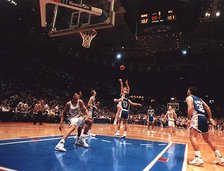




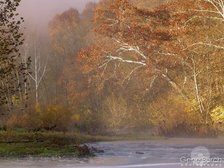








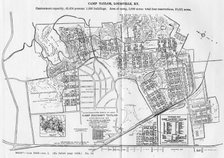
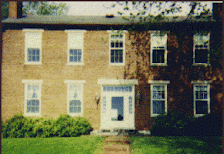

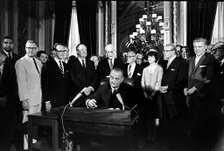

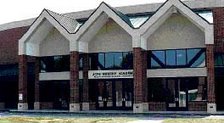
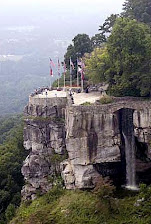

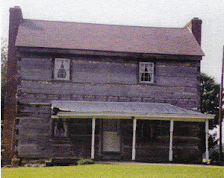
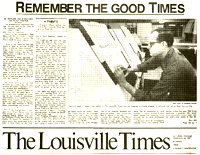
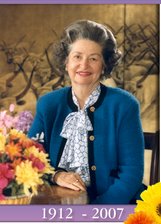
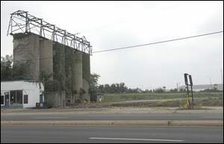
No comments:
Post a Comment